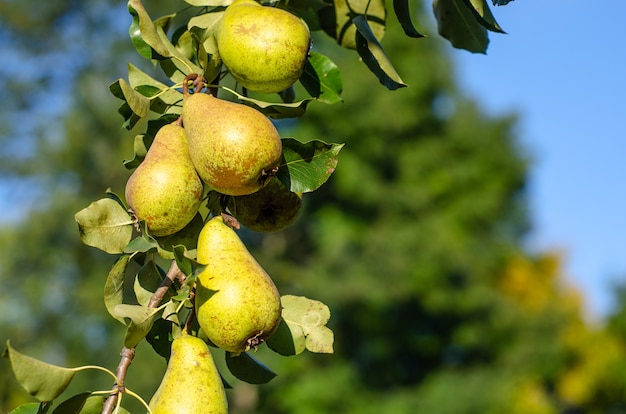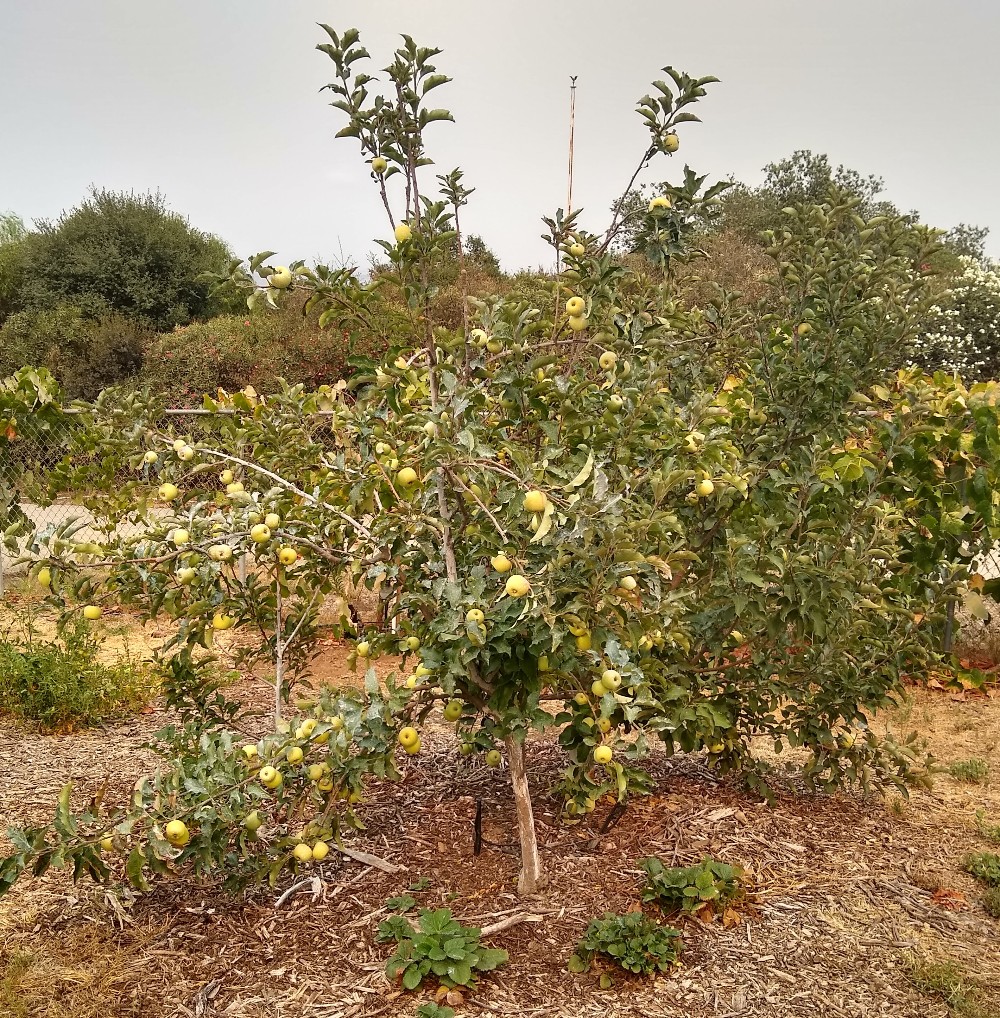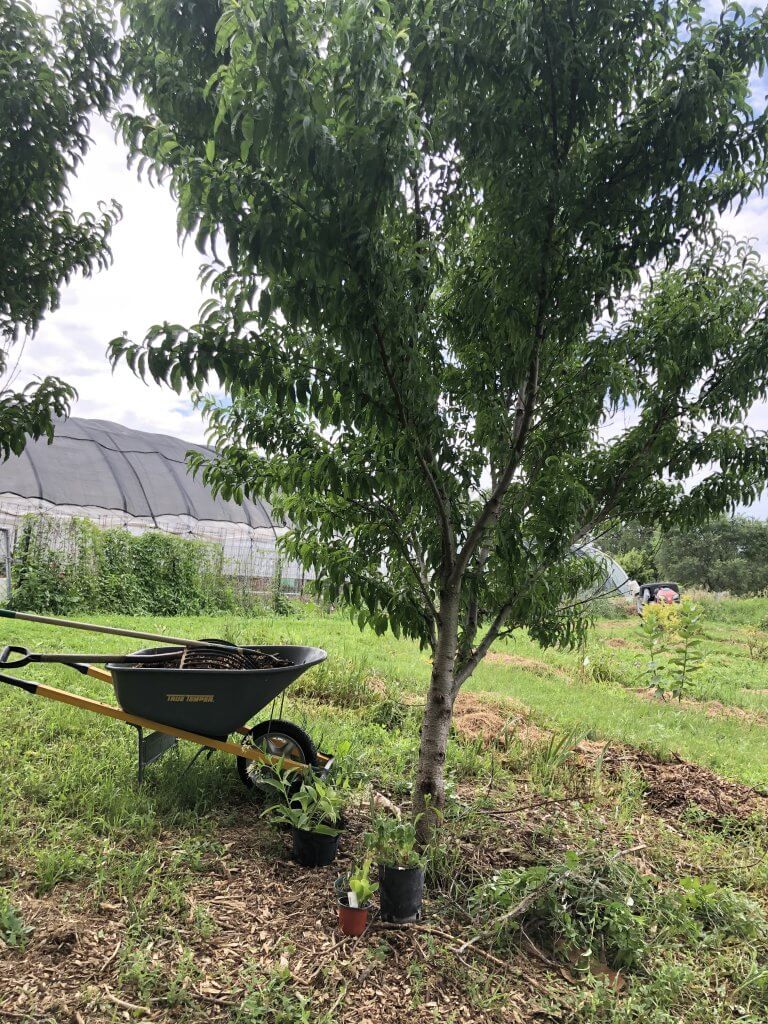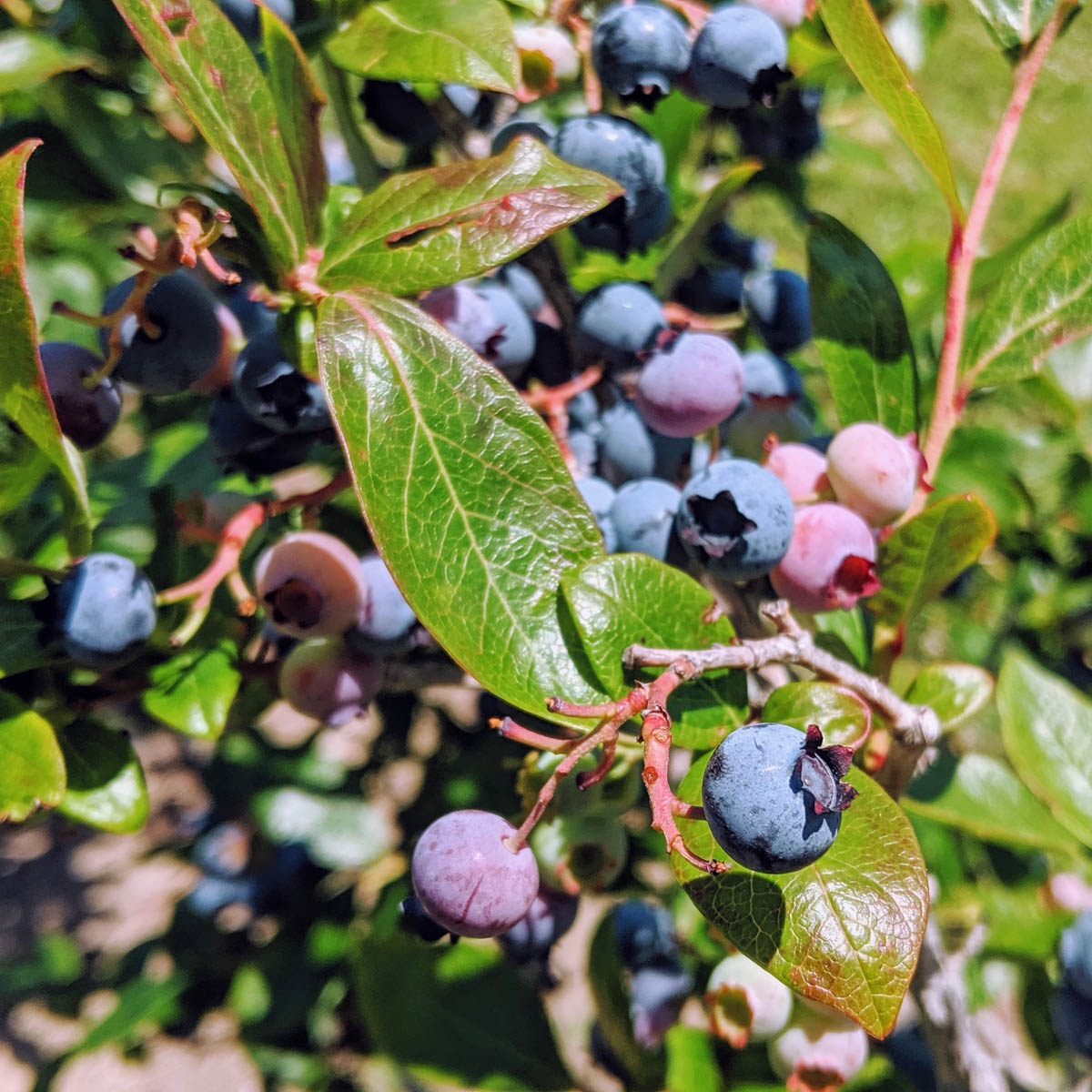The Ultimate Guide To Companion Planting For Fruit Trees
The Ultimate Guide to Companion Planting for Fruit Trees
Companion planting is a gardening practice that involves planting different types of plants together to benefit each other. This can be done in a variety of ways, but the most common goal is to create a mutually beneficial relationship between the plants.
There are many benefits to companion planting, including:
- Increased crop yields
- Improved plant health
- Reduced pest and disease problems
- Increased pollination
- Enhanced soil quality
- Reduced need for fertilizers and pesticides
Fruit trees are particularly well-suited for companion planting, as they can benefit from a variety of different plants. Some of the best companion plants for fruit trees include:
- Herbs: Herbs are a great choice for companion planting, as they can provide a variety of benefits to fruit trees. Some of the best herbs to plant near fruit trees include rosemary, lavender, sage, thyme, and chives. These herbs can help to repel pests, attract pollinators, and improve soil quality.
- Flowers: Flowers can also be beneficial companion plants for fruit trees. Some of the best flowers to plant near fruit trees include marigolds, nasturtiums, and sunflowers. These flowers can help to attract pollinators, deter pests, and improve soil quality.
- Vegetables: Some vegetables can also be beneficial companion plants for fruit trees. Some of the best vegetables to plant near fruit trees include beans, peas, and corn. These vegetables can help to improve soil nitrogen levels, provide shade, and attract pollinators.
When choosing companion plants for fruit trees, it is important to consider the specific needs of the fruit tree. For example, some fruit trees, such as apple trees, need cross-pollination in order to bear fruit. In this case, it is important to plant another type of apple tree nearby so that the trees can pollinate each other.
It is also important to consider the size of the fruit tree when choosing companion plants. Some fruit trees, such as peach trees, can grow quite large. In this case, it is important to plant companion plants that will not be shaded out by the fruit tree.
With a little planning, companion planting can be a great way to improve the health and productivity of your fruit trees. By planting the right companion plants, you can help to reduce pest and disease problems, attract pollinators, and improve soil quality. This can lead to larger yields of healthier fruit.
Fruit trees can benefit from companion planting, which is the practice of planting certain plants together to enhance each other's growth and productivity. Some of the best companion plants for fruit trees include:
- Herbs: Herbs like chives, garlic, and lavender can help to repel pests and attract pollinators, which are essential for fruit production.
- Flowers: Flowers like marigolds, nasturtiums, and sunflowers can also help to attract pollinators and deter pests.
- Legumes: Legumes like peas and beans can help to improve the soil quality by fixing nitrogen. This can benefit fruit trees by providing them with essential nutrients.
- Cover crops: Cover crops like clover and alfalfa can help to suppress weeds and improve the soil structure. This can create a more favorable environment for fruit trees to grow.
For more information about companion planting for fruit trees, please visit Gardenia Inspiration. This website provides detailed information on the benefits of companion planting, as well as a list of recommended companion plants for different types of fruit trees.
FAQ of fruit trees companion planting
1. What are the benefits of companion planting with fruit trees?
There are many benefits to companion planting with fruit trees. Some of the most common benefits include:
- Attracting pollinators: Companion plants that attract pollinators, such as bees and butterflies, can help to improve fruit production.
- Reducing pests and diseases: Some companion plants can help to repel pests and diseases that can damage fruit trees. For example, marigolds are a good companion plant for apple trees because they help to repel codling moths.
- Improving soil health: Companion plants can help to improve soil health by adding nutrients, reducing erosion, and suppressing weeds.
- Completing the nutrient cycle: Companion planting can help to complete the nutrient cycle by providing nutrients that fruit trees need. For example, legumes, such as peas and beans, can fix nitrogen in the soil, which is a nutrient that fruit trees need.
- Creating a more diverse ecosystem: Companion planting can help to create a more diverse ecosystem in your garden, which can be beneficial for both plants and wildlife.
2. What are some good companion plants for fruit trees?
Some good companion plants for fruit trees include:
- Herbs: Herbs such as rosemary, lavender, and sage can help to attract pollinators and repel pests.
- Flowers: Flowers such as marigolds, nasturtiums, and sunflowers can also help to attract pollinators and repel pests.
- Vegetables: Vegetables such as tomatoes, peppers, and cucumbers can help to improve soil health and suppress weeds.
- Cover crops: Cover crops such as clover and alfalfa can help to improve soil health and suppress weeds.
- Legumes: Legumes such as peas and beans can fix nitrogen in the soil, which is a nutrient that fruit trees need.
3. How far apart should companion plants be planted from fruit trees?
The distance that companion plants should be planted from fruit trees will vary depending on the size of the fruit trees and the size of the companion plants. In general, it is a good idea to plant companion plants at least 3 feet away from fruit trees. This will give the companion plants enough space to grow and thrive without competing with the fruit trees for resources.
4. What are some common mistakes to avoid when companion planting with fruit trees?
Some common mistakes to avoid when companion planting with fruit trees include:
- Planting too many companion plants too close together. This can crowd out the fruit trees and prevent them from getting enough sunlight and water.
- Planting companion plants that are incompatible with each other. Some companion plants can actually harm each other, so it is important to do your research before planting any companion plants together.
- Not watering the companion plants enough. Companion plants need just as much water as fruit trees, so it is important to water them regularly, especially during hot, dry weather.
- Not fertilizing the companion plants. Companion plants also need nutrients, so it is important to fertilize them regularly, especially if the soil is poor.
5. How can I learn more about companion planting with fruit trees?
There are many resources available to help you learn more about companion planting with fruit trees. Some good resources include:
- Books: There are many books available on companion planting, including "Carrie's Garden Companion Planting Guide" by Carrie Morrill and "The Vegetable Gardener's Companion Planting Handbook" by Suzanne Ashworth.
- Online resources: There are many websites and blogs that offer information on companion planting, such as the USDA Plant Hardiness Zone Map: https://planthardiness.ars.usda.gov/ and the Gardening Know How: https://www.gardeningknowhow.com/.
- Gardening clubs: There are many gardening clubs that offer classes and workshops on companion planting. You can find a gardening club in your area by searching online or contacting your local nursery or garden center.
Image of fruit trees companion planting
- Image 1: A picture of a pear tree surrounded by herbs, such as chives, mint, and rosemary. The caption reads: "Pear trees are good companions for herbs that attract pollinators, such as chives, mint, and rosemary."

- Image 2: A picture of an apple tree with a row of strawberries planted underneath it. The caption reads: "Apple trees can benefit from the nitrogen-fixing properties of strawberries. Strawberries also help to suppress weeds."

- Image 3: A picture of a peach tree with a row of beans planted nearby. The caption reads: "Peaches and beans are mutually beneficial companions. The beans fix nitrogen in the soil, which the peach tree can use. The peach tree provides shade for the beans, which helps to protect them from the hot sun."

- Image 4: A picture of a plum tree with a row of flowers, such as marigolds and nasturtiums, planted around it. The caption reads: "Plum trees attract pests, such as aphids and Japanese beetles. Marigolds and nasturtiums can help to repel these pests."
- Image 5: A picture of a blueberry bush with a row of cabbage planted nearby. The caption reads: "Blueberries and cabbage are good companions because they have different nutrient needs. Blueberries need acidic soil, while cabbage prefers neutral soil. By planting them together, you can help to create a more balanced soil environment for both plants."

Post a Comment for "The Ultimate Guide To Companion Planting For Fruit Trees"